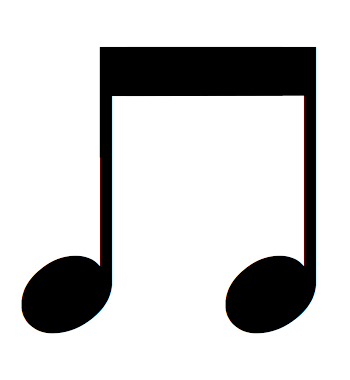

This paper shows the newest prototyping system composed of eight transformation modules including automatic composition process and musical variation process. This is also relating to a general idea that the creation of a novel product or idea is sometimes produced by the fusion of different things or ideas. In addition, we expect that the blending of linguistic logic and musical logic leads to the unexpected narrative creation. In the concept for musical mechanism, music is not just the accompaniment for narrative and we extremely aim at using musical knowledge & techniques and conceptual knowledge & techniques in fusion by the medium of music. We propose an approach as the circular generation process by the mutual transformation between music and narrative for a mechanism of the surface expression phase in our narrative generation system framework. The effectiveness of methodology is tested and found satisfactory on real world data namely ‘Raga Surabhi’ an Indian Carnatic Music portal. This paper proposes a novel method of finding approximate repeating patterns for the purpose of MIR. Hence, extraction of approximate patterns is essential for a MIR system. Similarly, the query sequence meant for retrieving a music object may not contain the repeating patterns of the main melody in its exact form. Repeating patterns are subsequences of notes played time and again in a main melody with possible variations in the notes to a tolerable extent. The MIR involves representation of main melody as a sequence of notes played, extraction of repeating patterns from it and matching of query sequence with frequent repeating sequential patterns constituting the music object.

But, the main melody captures the essence of the music and plays vital role in MIR. Each track is a sequence of notes played simultaneously with other tracks. In Polyphonic objects, there are several tracks that accompany the main melody. In Monophonic there is only one track which is the main melody that leads the song. The music objects are classified into Monophonic and Polyphonic. It depends on the speed the musical piece is played. The relationship between notes and rests is formalized but the duration or time value in seconds of any particular note is unquantified. The signs of Table 8.1 do not give duration in units of time, minutes or seconds. The most common tuplet is the triplet: in this case the note length is reduced to 2/3 the original duration. To divide a note value into three equal parts, or some other value than two, tuplets may be used. 8.7 where a crotchet (quarter note) tied to a quaver (eighth note) is equivalent to the dotted crotchet (dotted quarter note) that follows. This is illustrated in the example given in Fig. Thus the sound of the first note will be elongated according the value of the attached note. A tie (a curved line connecting the heads of two notes) serves to attach two notes of the same pitch. Dots after rests increase their time-value in the same way as dots after notes. A second dot, placed to the immediate right of the first dot, increases the original undotted time-value by a further quarter. A dot, placed to the immediate right of the note-head, increases its time-value by half. duration depends on the instrument type, how it is played, etc., and normally is not equivalent.


 0 kommentar(er)
0 kommentar(er)
